If you’re up late on the east coast, Cyber Monday has already started for you. Of course the deals haven’t really stopped rolling in since Black Friday, but things are about to kick up a notch. TVs are one of the most sought after purchases during Cyber Monday deals, so don’t hold off too long — they’re liable to sell out by the end of the day. Whether you’re looking for a top-of-the-line OLED TV, or just a super cheap LED, here’s our breakdown of the best Cyber Monday TV deals available today.
Best Cyber Monday TV Deals
Insignia 24-inch F20 Series HD Fire TV — $80, was $170

If all you need is a smaller cheap TV for a bedroom, playroom, or your kitchen, this 24-inch Insignia F20 Series television should fit the bit. Although it’s only a 720p HD TV, it’s still internet-connected, and its Fire TV software lets you enjoy Netflix, Prime Video, Hulu, Disney+, and other top streaming platforms. And, despite costing less than a Benjamin, it comes with a voice remote and built-in Amazon Alexa, just like many bigger and more expensive Fire TVs.
Insignia 50-inch F30 Series 4K Fire TV — $240, was $400
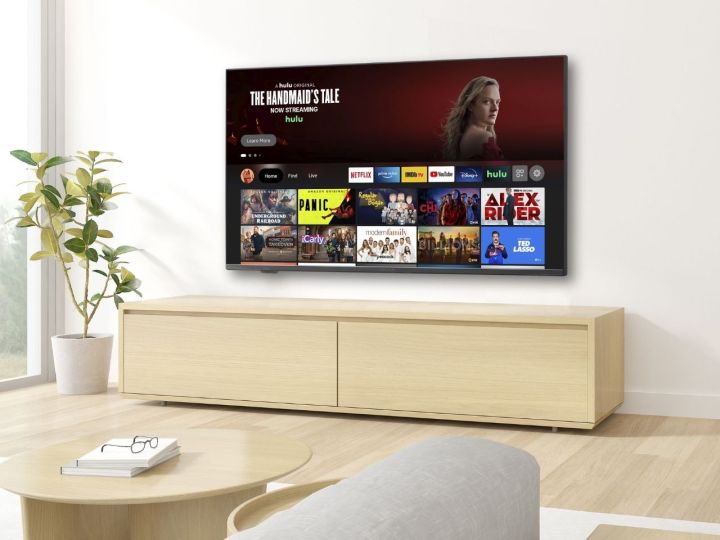
Insignia has your 4K needs covered, too, with the F30 Series TVs offering one of the best values to be found today in the UHD television market. This one’s also a Fire TV, covering all your streaming needs while also giving you Amazon’s Alexa voice assistant (controlled via the included voice remote). It supports HDR10, so while it lacks Dolby Vision, it still offers some support for HDR TV content which is nice to see on such a cheap TV. At 50 inches, it’s a good size for play rooms, smaller living rooms, or larger bedrooms.
Hisense 70-inch A6G Series 4K Android TV — $450, was $510

Hisense is another high-value name in the home theater space, and the A6G Series Android TV has a lot to offer. For starters, this one measures 70 inches diagonally, so if you want a bigger TV than most, this is one of the best Cyber Monday TV deals you’ll find for less than $500. It also supports Dolby Vision (something most cheap TVs sadly lack) along with HDR and HDR10, so you’re good to go with the best HDR formats for enjoying modern content with a wider color spectrum. The Android TV smart OS even has Google Assistant and Chromecast built in, giving you hands-free control with the voice remote and allowing you to cast content to the TV right from your phone or tablet.
TCL 75-inch 4-Series 4K Roku TV — $530, was $800

TCL is one of the best TV brands for the money and makes some great Roku TVs. Roku is perhaps the most highly favored smart TV platform among streamers, thanks to its sheer reliability and simplicity. The TCL 4-Series Roku TV embodies that, offering a no-nonsense user experience in a TV that gives you everything you need and nothing you don’t (and at a great price). At 75 inches, this is a great big-screen home theater TV that’s much larger than the dent it’ll put in your wallet, with Cyber Monday TV deals knocking it well below its usual price.
TCL 65-inch Class 5-Series 4K QLED Roku TV — $550, was $700
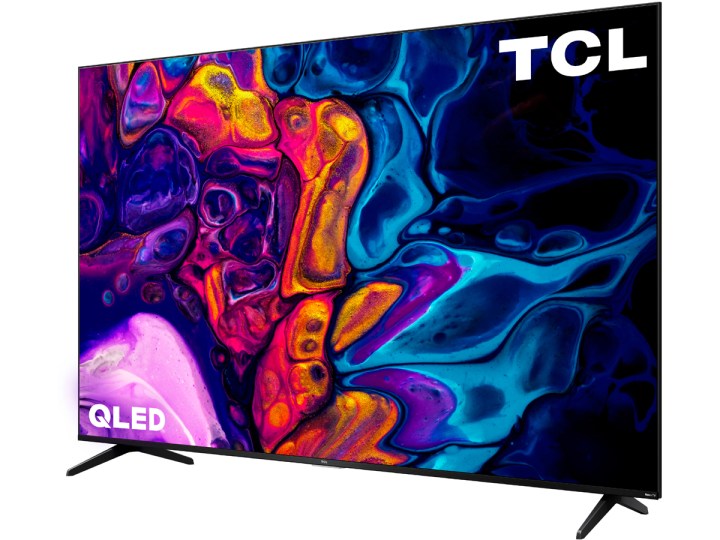
The TCL 5-Series represents a middle ground between its cheaper 4-Series and more expensive 6-Series TVs, and in recent years, the 5-Series models have featured quantum-dot displays. This new S555 model was just released and has a few improvements over its predecessor, the S546. For starters, TCL returned to the Roku TV interface, which many prefer over the Google TV OS that the 2021 model used. This QLED TV also comes with the HDR Pro Pack for support for all the major HDR formats including Dolby Vision, and local dimming zones improve the contrast. Gamers will also appreciate the fact that this updated 5-Series TV now has four HDMI 2.1 inputs as well as AMD FreeSync for smoother gaming.
Sony 65-inch X75K 4K Google TV — $580, was $700
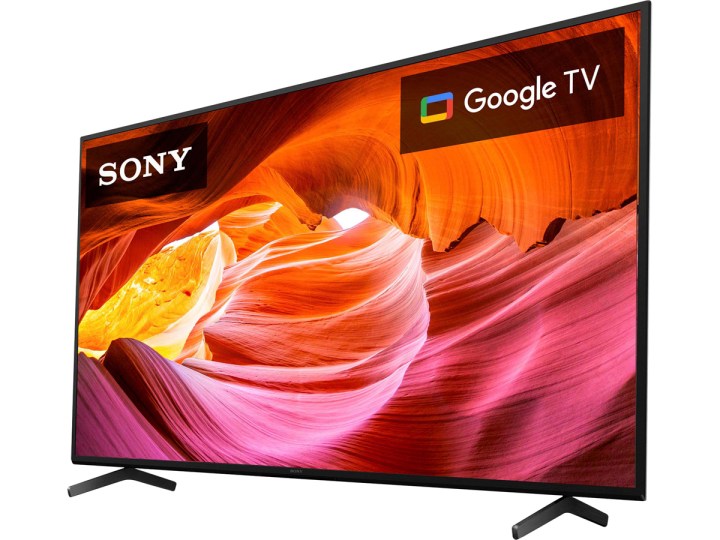
Sony is a top TV brand in the same league as the likes of LG and Samsung, but it offers some nice sets for those on a budget, too. Among its more affordable offerings is the X75K. This 4K Google TV utilizes Sony’s 4K Processor X1, which not only produces a crisp, color-accurate UHD picture but can also upscale your older non-4K content so that it won’t look stretched out, pixelated, or blurry on a big 4K panel like this (upscaling is one of Sony’s strong suits, in fact). Google Assist and Amazon Alexa voice assistants are both built in, so you get hands-free control and can easily sync the TV with a wider smart home system.
Samsung 65-inch Q70A Series 4K QLED Tizen TV — $900, was $1,100
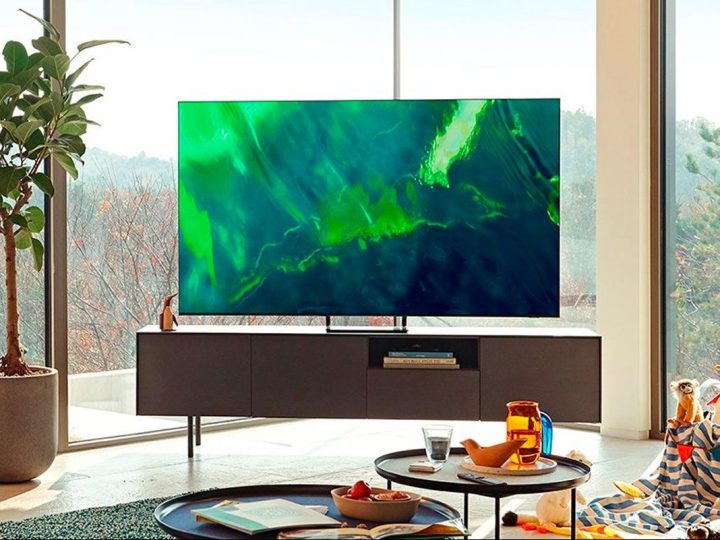
Samsung is the brand that actually created quantum-dot LED technology, so if you want a good QLED TV, it’s hard to go wrong with this one — especially for less than a grand. The Samsung Q70A features a smooth 120Hz refresh rate, offering better motion handling than the 60Hz panels you usually see on 4K TVs. That’s good for gaming as well, and features like AMD FreeSync, Super Ultrawide Gameview, and the Samsung Gamebar make it an even more attractive TV for gamers. Quantum HDR with support for HDR10 and HDR10+ has you covered for high dynamic range as well, and while we’d like to see Dolby Vision, it’s hard to complain when Cyber Monday TV deals make it possible to score a Samsung QLED TV for less than $1,000.
Samsung 75-inch Q60B 4K QLED Tizen TV — $998, was $1,300
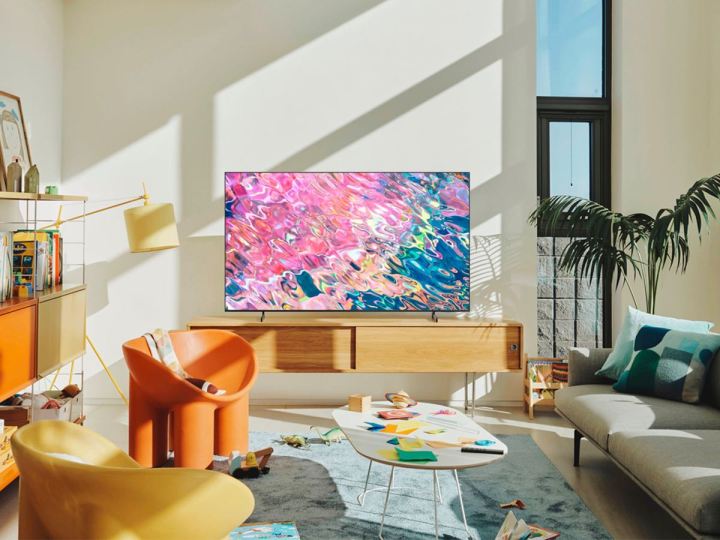
If you want a Samsung QLED TV but want to go a bit bigger (without having to dip too much further into your pockets), this 75-inch Samsung Q60B should fit the bill. It still lacks Dolby Vision support, but you get HDR10, HDR10+, and Hybrid Log-Gamma, which is sufficient for most people. Samsung’s Tizen smart TV platform puts all of your favorite streaming apps and content libraries at your fingertips, with the added benefit of having both Google Assistant and Amazon Alexa integrated into the OS. OTS Lite and Q-Symphony deliver good audio as well, but with HDMI-ARC support, you can easily hook up a soundbar with a single cable for an even more immersive sound experience.
Samsung 55-inch The Frame QLED 4K Tizen TV — $1,000, was $1,500
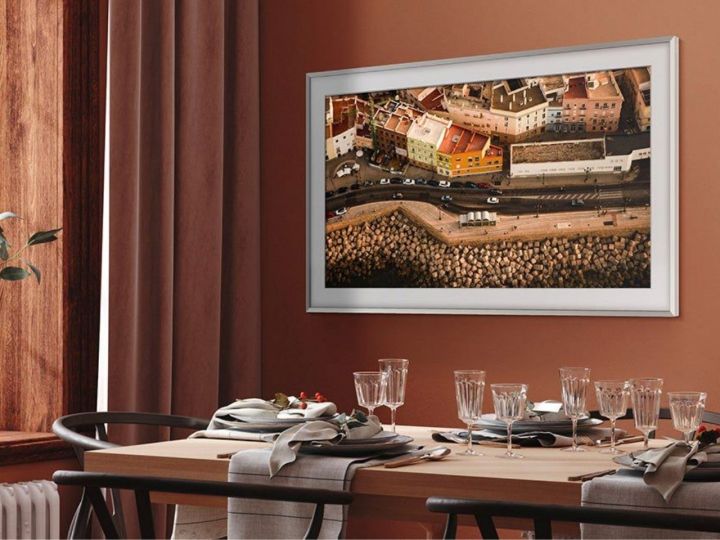
Samsung’s TV innovations aren’t just limited to panel technologies. The Frame QLED TV puts a new spin on the flat-screen television design itself, the result being a TV that blends right into your home’s decor. When not in use, The Frame’s QLED panel simulates a canvas, displaying a slideshow of artwork of your choosing. When it’s time to kick back with some gaming or streaming, The Frame works like any other TV, offering a vibrant and color-accurate edge-to-edge quantum-dot picture. It also has a refresh rate of 120Hz, which is great to see, along with four HDMI 2.1 ports so it’s good to go for gaming. Samsung’s The Frame is truly a QLED TV that can just about do it all while looking great — in more ways than one.
LG 55-inch C2 Series 4K OLED WebOS TV — $1,300, was $1,600
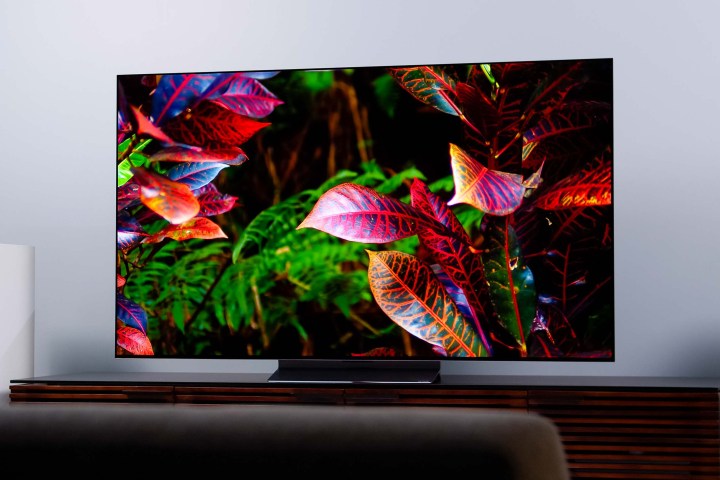
As Samsung pioneered QLED panels, LG is the brand behind OLED TV technology. OLED panels are quite different from more common LED and QLED panels; instead of backlighting, OLED TVs have self-lit pixels. This allows televisions like the LG C2 OLED TV to deliver great color accuracy and unparalleled contrast, and while they’re still expensive, you don’t have to spend quite as much as you did a few years ago. The LG C2 is not only a great television for cinephiles thanks to Dolby Vision and a 120Hz refresh rate, it’s also a solid choice for gaming. It’s got four HDMI 2.1 ports, Nvidia G-Sync and AMD FreeSync, and LG’s automatic Game Optimizer, making it a true multimedia TV.
Cyber Monday TV Deals Tips
The most important thing to consider when shopping for a TV is the size of the television, frame included. You need to know your limit (and stick to it). After all, the last thing you want to do is shell out for new TV only to find it won’t fit through the door, let alone on the wall. Having 60 inches to spare doesn’t mean you can steam in with a 60-inch 4K TV. This measurement is just the size of the screen, which is often enclosed in a frame that adds an extra inch or two to each side. So consult the dimensions.
Once you’ve set a realistic limit, it’s time to start considering the features you need. There’s a lot to choose from, ranging from Roku’s beloved Roku OS smart software on TCL’s 4K TVs to Google Assistant on most Sony and Vizio models. We suggest taking a long think about the tools that will make your life easier. If you hate scrolling and would rather have the option to tell your television what to do, opt for a Sony or Vizio. However, if you’re after the largest selection of streaming services in town, it’s best to go with a TCL.
What size TV do I need?
Don’t fall into the trap of rushing into a deal on a television that’s far too large to fit into the space you have available. Instead, take a second before you start your search to measure the height, width, and depth of your desired location. Make a note of everything, too, as you’re going to compare them to the dimensions of the television itself — as well as the width of the stand if you’re planning on placing it on a console table — to make sure it will fit.
Done? Now use a viewing distance calculator to work out the ideal screen size for how far away you’re going to be sitting. As soon as you have this measurement, compare it to the space available, and decide on a suitable size. For instance, if the calculator recommends an 80-inch display and you only have enough space for a 55-inch, stop there. But if you were eyeing a 50-inch and the calculator suggests a 65-inch, it’s probably best to upsize.
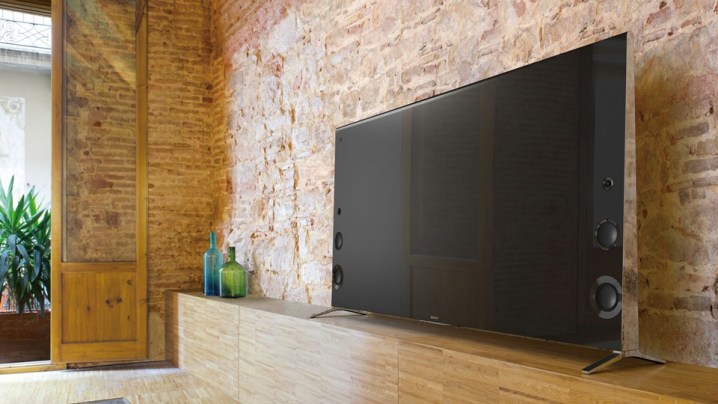
Remember what we said earlier, though — it isn’t all about screen size. You need to consider the entire footprint of the television to determine whether it will fit into the place you have in mind. It’s not uncommon to find a TV that measures in at 65 inches but has a 60-inch screen at the center. It all depends on how wide the bezel surrounding the display is and whether there are any design features that take up additional living room real estate.
Do I need an OLED TV or a QLED TV?
QLED TV and OLED TV are two terms thrown around a lot, but what do they mean? Put simply, they’re the name of two different screen technologies that are a step up from the LED display on your current HDTV or 4K TV. Both deliver superior brightness, more accurate color reproduction, and deeper black levels (thus greater detail), but which do you need if a regular LED 4K TV — which will go down a treat for most of us — just won’t cut it for you?
In a nutshell, QLED is the better all-rounder excelling in natural light — so if you’re looking for something to watch a movie, a show, or even play a game in broad daylight with the drapes open, opt for one of Hisense or Samsung’s QLEDs. For everyone else, we’d suggest an LG or Sony OLED (although, it’s the latter that delivers the best home viewing experience). They have a better viewing angle, can reach a more obsidian-like black level, and consume less power.
What is HDR, and do I need it?
Short for High-Dynamic Range, HDR delivers a higher level of contrast between light and dark, while utilizing a wider selection of colors, to create a much more realistic image. This may not sound like the be all and end all, but it is — representing a significant step up from standard 4K Ultra HD. So if you’re buying a new television in 2020, you’re going to definitely want to make sure it has HDR on board in the form of HLG, Dolby Vision or HDR10.
More Cyber Monday TV Deals
LiveLast updated November 28, 2022 1:31 PM
The liveblog has ended.
No liveblog updates yet.
Editors’ Recommendations














